Ian Fleming’s first visit to Jamaica was pure James Bond. In 1943, as assistant to the Director of Naval Intelligence, he flew from Miami to Kingston to attend an Anglo-American naval conference and to investigate the rumour that Axel Wenner-Gren, a rich Swede and supposed Nazi, had built a secret submarine base at Hog Island, near Nassau. He was accompanied by his old friend Ivar Bryce, who was also in intelligence, and who put him up at a house his wife had recently bought. As they left the island, Fleming told Bryce, ‘When we have won this blasted war, I am going to live in Jamaica… swim in the sea and write books.’
Three years later he duly bought 14 acres in the parish of St Mary on the north coast, with a beach and a coral reef, for £2,000 and spent the same again on building a primitive house, which he called Goldeneye. With no glass in the windows and no hot water to begin with, it was essentially a large room with some small back bedrooms and a kitchen with a stove and a sink. Bryce, who had found him the site, called the house ‘a masterpiece of striking ugliness’, but Patrick Leigh Fermor approved of its ‘enormous quadrilaterals’, which ‘framed a prospect of sea and cloud and sky’.
Fleming had negotiated two months’ annual holiday from his job as foreign news manager at the Sunday Times, and invariably spent it at Goldeneye, where his library included the 1947 edition of Field Guide to Birds of the West Indies by James Bond. In 1952 — when he also married and became a father — he wrote Casino Royale, in which James Bond’s cover at the Royale-les-Eaux casino is a ‘Jamaican plantocrat’. He wrote a Bond story there every winter until his death in 1964, aged 56.
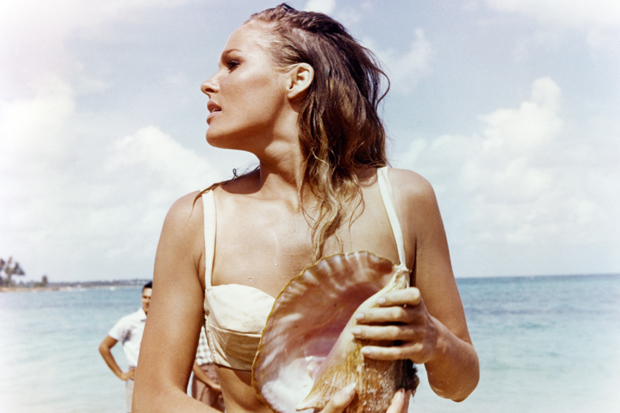
Parker sketches the history of the island, beginning with its idyllic millennia under the Taínos, who called it Hamaika, ‘land of wood and streams’, and were wiped out within two generations of the arrival of Christopher Columbus in 1494, leaving behind them only a few ‘heartbreakingly relaxed’ words — barbecue, hammock, canoe. Fleming’s favourite period was naturally that of the English privateers of the 17th century, as he simply adored pirates. He gave Bond various ‘piratical’ attributes — the scar on his cheek, for example — and several women admired his own ‘slightly piratical’ broken nose. The plot of Live and Let Die turns on the discovery of Sir Henry Morgan’s treasure trove.‘What I endeavour to aim at,’ explained Fleming in his essay How to Write a Thriller, ‘is a certain disciplined exoticism.’ In Goldeneye Matthew Parker makes a convincing case that Fleming’s exoticism is essentially Jamaican, and that the island is crucial to a proper understanding of the man and his work. Three of the novels — Live and Let Die, Dr No and The Man with the Golden Gun — are mainly set there, and over the years Fleming became ‘soaked’ in its atmosphere, a ‘cocktail of luxury, melancholy, imperialism, fantasy, sensuality, danger and violence’.
Fleming shared his historical preferences with Noël Coward, who built two houses nearby, and with whom he had an unlikely but close friendship. They both loved the Royal Navy, and were nostalgic for the Empire; when Gandhi was assassinated in 1948, Coward wrote in his diary that it was ‘a bloody good thing, but far too late’, and after Suez the Edens recuperated at Goldeneye. Fleming and Coward both loathed the arrival of the tourism they had helped pioneer. And — unlike Fleming’s wife Ann (née Charteris), who on her visits to Goldeneye before her divorce from Esmond Rothermere used to pretend to stay with Coward — they both disliked intellectuals.
One of Ann’s intellectuals was Peter Quennell, who was apparently known as ‘Lady Rothermere’s Fan’, and was an occasional guest at Goldeneye. Quennell noted that Coward treated Fleming ‘as if he were a distinguished member of the opposite sex’ and that Fleming, most untypically, ‘seemed positively to enjoy being teased or even ridiculed’. Nor did he appear to mind when Coward lightly fictionalised his affair with Ann in the novel Pomp and Circumstance. Coward later turned down the role of Dr No in the film with a telegram reading ‘No… No… No… No!’
Fleming obviously had much more in common with Commander Bond, not least his forceful heterosexuality: ‘I loved being whipped by you,’ Ann wrote to him in 1947, after a rendezvous in Dublin. Author and hero both swam like fish, and drank like them too, mainly spirits. Quennell recorded that at Goldeneye the Commander — Fleming retained his wartime rank — ‘tended to drink in the American way’, with plenty of vodka martinis or ‘very brown whisky sodas’ before dinner, but nothing with it, so Quennell would be forced to ask for something, to his host’s annoyance.
And then there was the smoking: ‘Bond lit his 70th cigarette of the day.’ Both commanders had a weekly order of 300 from Morlands of Grosvenor Street. As early as 1949 Fleming began to experience a tightening of the chest he called the Iron Crab, and in 1956 he cut down to 50 a day, but he kept at it. When he married Ann he wrote to her brother Hugo, who disliked him, tactfully promising never to hurt her except with a slipper — but he did. In the last photograph of them together at Goldeneye, Fleming, who had been told by doctors to stop smoking and drinking, is holding his sinister cigarette holder in one hand and reaching for what looks like a very brown drink with another, while his wife stares into the camera, her ‘anguish’, as the caption notes, ‘clearly visible’.
Parker argues that Fleming and Bond were both pretty unlikeable, but that this made them more interesting. Besides his cruelty and vanity, Fleming was by today’s standards a racist. He loved Jamaicans but was also wary of them, always taking to Goldeneye his Browning .25 from the war, ‘for defence against the Blackamoors’. He was patronising about their ‘childish faults’ and ‘simple lusts and desires’, and didn’t take Independence seriously. Less heinously, he was also something of a snob. Sean Connery, who quite liked him, thought him ‘a real snob’, but in his review of Dr No Paul Johnson cleverly out-snobbed him, dismissing his snobbery as ‘very second-rate… not even the snobbery of a proper snob’.
Parker thinks Robinson Crusoe was written by Robert Louis Stevenson, and is a bit muddled about English titles, but his book makes an entertaining addendum to Andrew Lycett’s definitive 1995 biography.
Got something to add? Join the discussion and comment below.
Get 10 issues for just $10
Subscribe to The Spectator Australia today for the next 10 magazine issues, plus full online access, for just $10.
Available from the Spectator Bookshop, £16.50, Tel: 08430 600033
You might disagree with half of it, but you’ll enjoy reading all of it. Try your first month for free, then just $2 a week for the remainder of your first year.

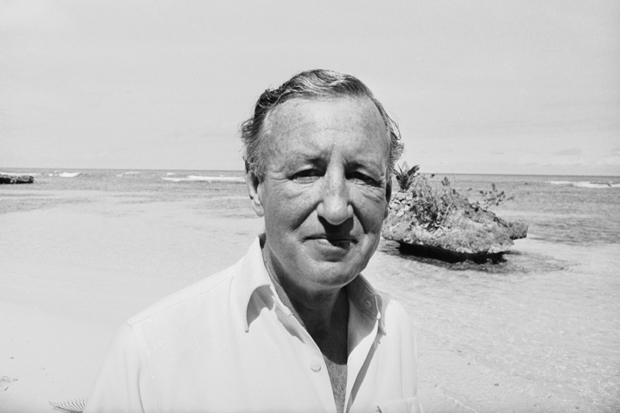
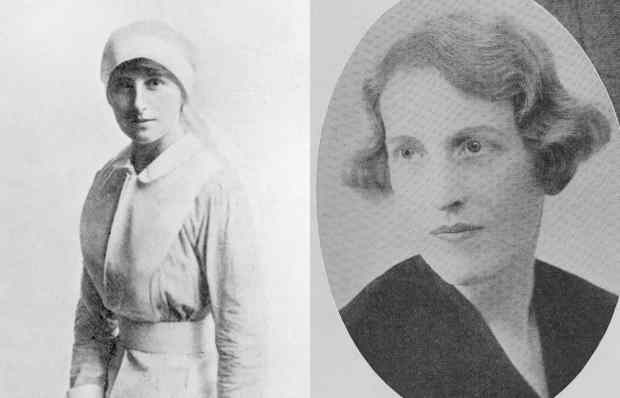
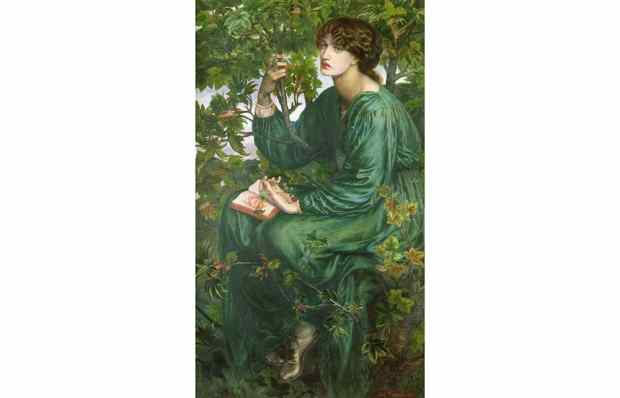



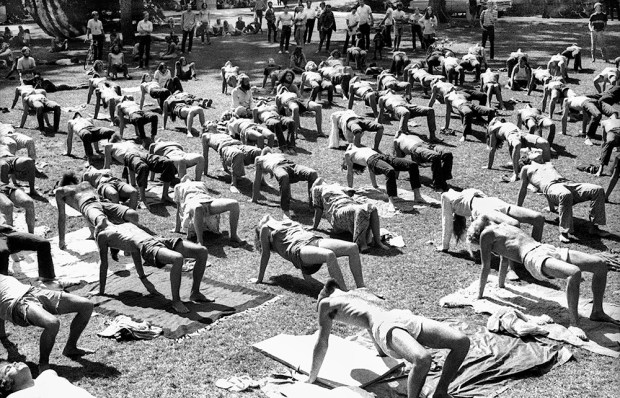






Comments
Don't miss out
Join the conversation with other Spectator Australia readers. Subscribe to leave a comment.
SUBSCRIBEAlready a subscriber? Log in